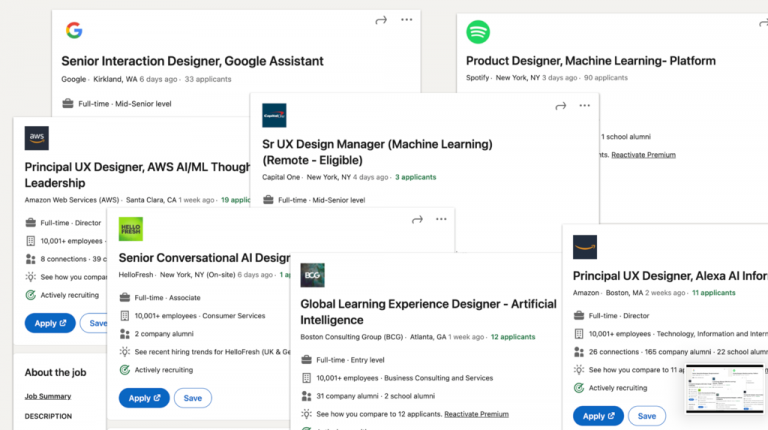Physical interaction
Physical interaction & the future of user interface design
We are on the cusp of a significant trend in product design and design methodology, where the longstanding divide between physical and cognitive modes of interaction will disappear.
“But there are alternative perspectives on human behavior, in particular the ecological psychology of J.J. Gibson. Gibson coined the term “affordances†which is (mis)used and abused by interaction designers today. But affordances, the relationships between people (or other organisms) and artifacts, are just a part of a larger “perception-action†framework. In this view, perceiving or sensing information is a physical behavior itself, not just a means to drive a subsequent physical action. Likewise, physical behavior drives perception – the two are connected, not divided, resulting in a perception-action loop.”
Taxonomy of physical interactions
A continuum of physical interaction would range at one end from non-movement to that which requires significant, complex body movement.
“Another important consideration is the relationship between physical inputs and the associated outputs in a user interface system. Current discussion of gestural interfaces is primarily focused on using physical interaction to control virtual objects – a way to make the digital world more tangible. But physical interaction interfaces can also be used to control physical systems, and not just in the literal sense.”





[…] Physical interaction (Putting people first) […]